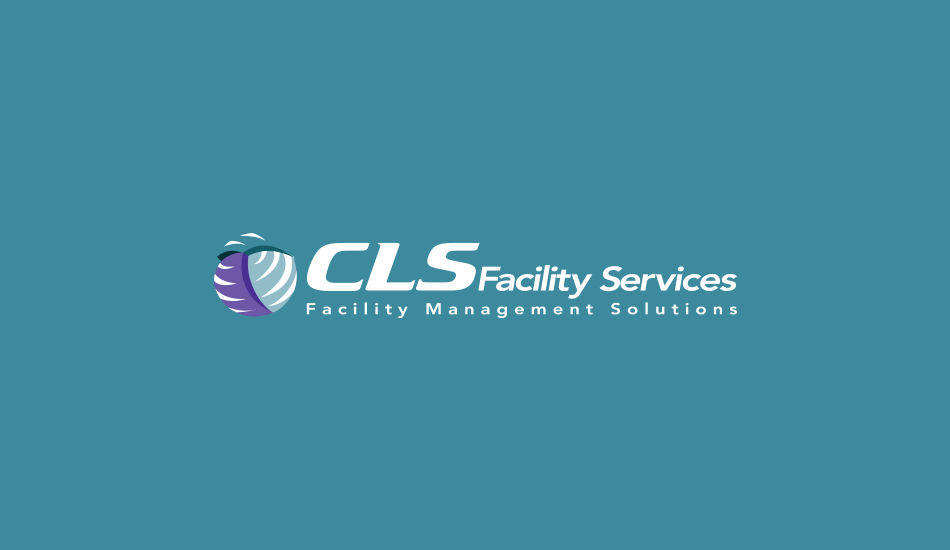LEDs (light emitting diodes) are today’s standard for lighting efficiency. Referred to as LEDs because of the small energy-efficient diodes which produce a large amount of concentrated light, the term LED refers to lamps, fixtures, the diodes, and even the technology itself.
For many years, we at CLS Facility Services have extolled the benefits that LEDs offer. If you’ve been considering an LED lighting retrofit, or waiting for the right time to kick it off, we have one message for you: DON’T DELAY ANY LONGER!
A lighting retrofit is a superb opportunity for your business to reap thousands of dollars in energy and maintenance savings, while also realizing the benefits that more well-lit stores and facilities provide (see below). Now more than ever, you would be wise to take advantage of energy-efficient technologies, utility rebates, and the many benefits that LEDs retrofits can offer.
So Just What Are Those Benefits of LED Retrofits?
- Energy savings: With advancements in technologies, today’s LED retrofits can create energy savings ranging anywhere from 40% to 90%, depending upon the type of project.
- Maintenance cost savings: LEDs and other modern technologies are fostering significant maintenance savings due to the extended life or “burn hours” of the new lighting. Many LED technologies exhibit a rated life ranging from 50,000-100,000 hours, more than three times the life of the old T-12 and HID technologies of the past.
- Improved aesthetics: Today’s latest-generation lighting technology delivers a better CRI (color rendering mix), better uniformity and spread of light, and better lumen maintenance (i.e., light levels will hold at higher levels for longer periods of time).
- Better security and employee safety when areas, both interior and exterior, are optimally lit with better lighting technology.
- Environmental sensitivity: Unlike Metal Halide, High Pressure Sodium, and T-12 lighting, modern LED lighting technologies eliminate mercury from facilities, creating a safer environment and “go green” image for businesses.
- Tenant satisfaction, health and efficiency: Some building owners and managers have implemented lighting retrofits in order to capitalize on rebates. Others have implemented them for energy savings, security and other reasons. Yet we at CLS help clients implement lighting retrofits every day, and one of the greatest benefits we see is tenants’ reactions once projects are completed. We’ve literally had tenants thank us personally on site for implementing the retrofit – they tell us their building looks so much better both inside and out, and it’s just a more pleasant and safe environment in which to work. Tenants want to be in spaces that are well-lit, pleasant and healthy. Studies now underway are attempting to measure potential correlations between lighting and physical and emotional well-being. We believe those correlations are real, and will show up in the data to underscore the significant benefit of lighting retrofits on employee health and productivity.
Lighting Retrofit ROI – More Than Just a Bottom-Line Number
Return on Investment, or ROI as it’s commonly known, is one of the key metrics used to gauge the merits of a potential investment.
ROI is a quantitative measure – it’s a bottom-line number that serves an important decision-making purpose. Here at CLS, we use ROI all the time. But, many decisions, in business and in life, aren’t based on only one measure. LED retrofit projects are a prime example of this.
LED retrofit ROI is calculated by dividing the total cost of a project by the annual energy savings it creates. Often, the energy savings achieved through an LED retrofit is significant enough to justify the project. Yet energy savings is just one of many benefits that LED retrofits offer. When you add all of them up, we think it makes a compelling case.
Non-Numerical ROI Measures Really Add Up
Whether you manage retail stores, office complexes, warehouses, industrial facilities, schools or even parking garages, consider your lighting and all of the elements involved, and ask yourself:
- Is your facility’s interior and exterior lighting as energy efficient as it can be?
- Are occupancy sensors installed to turn off lamps that only require use during a small percentage of the day?
- Is exterior lighting on a timer or photo cell so that it is only illuminated when necessary?
- How much is being spent in materials and maintenance to change burned out lamps and ballasts over the course of a year? Over five years?
- Are you currently paying to replace four lamps in an area where two lamps could adequately illuminate the space?
- How much did it cost to rent that lift to change three lamps in your parking lot last year?
- How much is being spent to recycle old lamps and ballasts with mercury? Are you even recycling them in accordance with the law?
- Did you take advantage of the utility rebate like the business up the street that performed a lighting retrofit which, by itself, paid for 30% of the project?
- Are all exit signs LED at your facility? These offer the greatest savings of all, since they are on 24/7/365.
Just by asking these questions and analyzing your answers, we think you’ll realize that the financial benefits of LED retrofits go far beyond simple energy savings. No matter the size of your business, hundreds – oftentimes thousands – of dollars are being spent on materials and maintenance to change the lamps and ballasts at your facility every year.
In Part II of this blog series, we’ll highlight some process strategies for implementing a large-scale LED retrofit, as well as tips to maximize your ROI. In the meantime, if you are looking for a facility management company that will perform to your needs and expectations, learn more about CLS Facility Services by contacting us at 800-548-3542 or by filling out our contact form.




